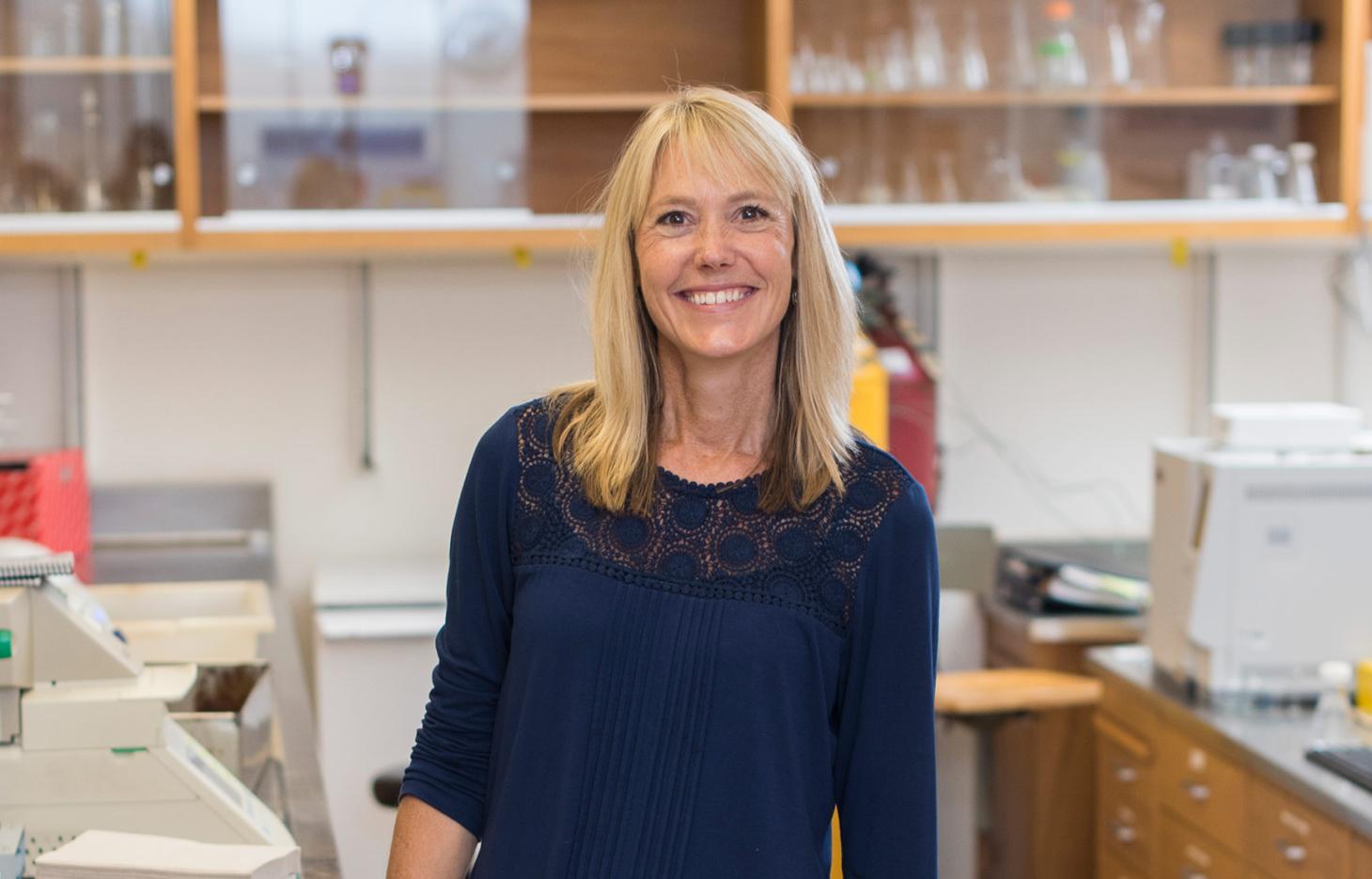Congratulations to Kim Halsey, who received support from the College of Sciences under the SciRIS-II program. Her project, titled "Predicting the trajectory of toxic harmful algal blooms using multi-omits data integration", will use innovative statistical approaches to merge aquatic microbiome data with environmental properties and chemical signatures to identify the determinants and trajectory of toxic harmful algal blooms (HABs) at Upper Klamath Lake, OR. Annual toxic HABs in freshwater and marine ecosystems are increasing in intensity and severity due to climate change and nutrient loading from agriculture and other human-related activities, and some consider HABs to be the “greatest inland water quality threat to public health and aquatic ecosystems.”
Dr. Kim Halsey receives SciRIS-II Award
Dr. Kim Halsey receives SciRIS-II Award
